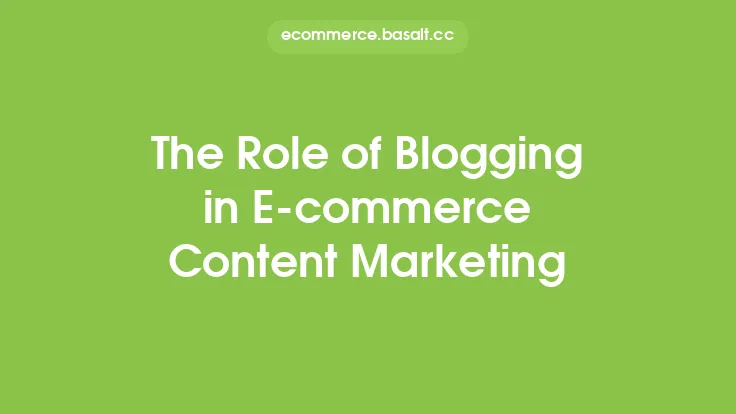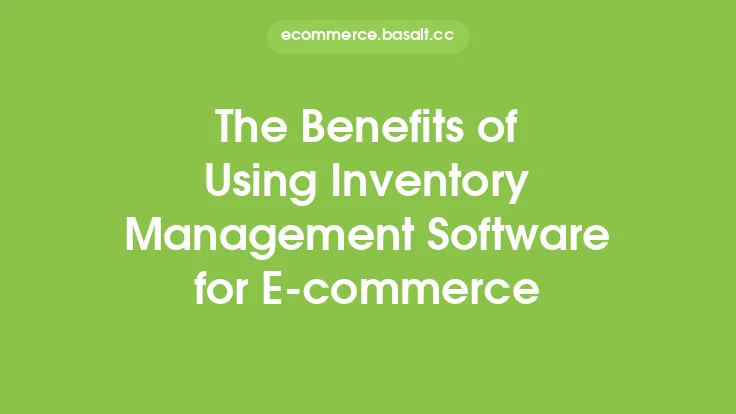When it comes to e-commerce search engine optimization (SEO), one of the most effective strategies for driving targeted traffic to your website is using long-tail keywords. These keywords are longer, more specific phrases that have lower search volumes, but are also less competitive and more targeted to your products or services. In this article, we'll explore the benefits of using long-tail keywords in e-commerce SEO and provide tips on how to incorporate them into your online marketing strategy.
What are Long-Tail Keywords?
Long-tail keywords are phrases that contain three or more words and are used to search for specific products or services. They are called "long-tail" because they are located on the long tail of the search volume graph, which means they have lower search volumes than more general keywords. For example, "women's running shoes" is a long-tail keyword, while "shoes" is a more general keyword. Long-tail keywords are often more specific and less competitive than general keywords, making them easier to rank for and more effective at driving targeted traffic to your website.
Benefits of Using Long-Tail Keywords
There are several benefits to using long-tail keywords in e-commerce SEO. One of the main benefits is that they are less competitive than general keywords, which means you have a better chance of ranking for them. This is because fewer websites are optimizing for long-tail keywords, so there is less competition for the top spots in search engine results pages (SERPs). Additionally, long-tail keywords are more targeted to your products or services, which means they are more likely to attract relevant traffic to your website. This can lead to higher conversion rates and more sales.
Increased Conversion Rates
Long-tail keywords can also lead to increased conversion rates because they are more specific and targeted to your products or services. When a customer searches for a long-tail keyword, they are often further along in the buying cycle and are more likely to make a purchase. For example, if someone searches for "women's size 8 running shoes," they are likely looking to buy a specific product and are more likely to convert than someone who searches for "shoes." By optimizing for long-tail keywords, you can attract more targeted traffic to your website and increase your conversion rates.
Better Return on Investment (ROI)
Using long-tail keywords can also provide a better return on investment (ROI) than optimizing for general keywords. This is because long-tail keywords are often less expensive to optimize for, and they can drive more targeted traffic to your website. Additionally, long-tail keywords can help you avoid competing with larger companies that have more resources to devote to SEO. By targeting long-tail keywords, you can carve out a niche for yourself and attract targeted traffic to your website without breaking the bank.
How to Find Long-Tail Keywords
Finding long-tail keywords requires some research and analysis. One of the best ways to find long-tail keywords is to use keyword research tools such as Google Keyword Planner, Ahrefs, or SEMrush. These tools allow you to enter a general keyword and see a list of related long-tail keywords, along with their search volumes and competition levels. You can also use tools like Amazon Best Sellers or eBay to find popular products and identify long-tail keywords related to those products.
How to Optimize for Long-Tail Keywords
Optimizing for long-tail keywords requires a strategic approach to SEO. One of the most important things you can do is to include the long-tail keyword in your page title, meta description, and headings. You should also use the long-tail keyword throughout your page content, but be sure to use it in a natural and contextual way. Additionally, you can use long-tail keywords in your alt tags and internal linking structure to help search engines understand the context and relevance of your page.
Measuring the Success of Long-Tail Keywords
Measuring the success of long-tail keywords requires tracking your website's traffic, conversion rates, and ROI. You can use tools like Google Analytics to track your website's traffic and conversion rates, and to see which long-tail keywords are driving the most traffic and sales. You can also use tools like Ahrefs or SEMrush to track your keyword rankings and see how your long-tail keywords are performing over time. By tracking your results and adjusting your SEO strategy accordingly, you can optimize your use of long-tail keywords and drive more targeted traffic to your website.
Common Mistakes to Avoid
There are several common mistakes to avoid when using long-tail keywords in e-commerce SEO. One of the most common mistakes is to over-optimize for long-tail keywords, which can result in keyword stuffing and penalties from search engines. Another mistake is to target long-tail keywords that are too broad or too competitive, which can make it difficult to rank and drive traffic. Additionally, some businesses make the mistake of targeting long-tail keywords that are not relevant to their products or services, which can result in low conversion rates and a poor ROI. By avoiding these common mistakes and taking a strategic approach to SEO, you can use long-tail keywords to drive targeted traffic to your website and increase your online sales.
Conclusion
In conclusion, using long-tail keywords is a highly effective strategy for driving targeted traffic to your e-commerce website. By targeting specific, less competitive keywords, you can attract more relevant traffic and increase your conversion rates. Additionally, long-tail keywords can provide a better ROI than optimizing for general keywords, and they can help you avoid competing with larger companies. By finding the right long-tail keywords, optimizing your website and content, and tracking your results, you can use long-tail keywords to drive more targeted traffic to your website and increase your online sales.





